Oakley Station
Toolkit Approach Used to Redevelop Former Industrial Site
Oakley Station is the site where Cincinnati Milling Machine / Cincinnati Milacron once operated and grew to become the world’s largest machine tool company in the 1930s. The company closed in 2003, and after several redevelopment attempts, Vandercar and USS Realty secured it and an adjacent property to address brownfield and infrastructure issues. The Port provided infrastructure financing for this complicated, multiphase, mixed-use heavy manufacturing site
BACKGROUND
The Port issued $6.8 million in tax-exempt tax increment financing (TIF) and special assessment revenue bonds in cooperation with the City of Cincinnati; proceeds financed $5 million of public infrastructure, including street construction and improvements, traffic signalization and storm and sanitary sewer and water line improvements.
The Site Developers’ intention was to sell the majority of the parcels of land to third-parties to build the vertical development, but only once end users had been identified. Because of this approach, the property was expected to be developed in four phases. Only the first phase of 300 apartments and a movie theater was committed at the time of closing. The financing had to be structured to allow for parcel splits, to-be-determined end-users, and an unknown development timeline. Further complicating the financing structure, the site would not be competitive for certain end-users without the ability to obtain a 15-year property tax abatement through the City of Cincinnati. The bonds had to be structured to allow for this possibility after closing.
Oakley Station partnerships combine to create an urban hub
Oakley Station is located on the property of the former Cincinnati Milacron Machine Tool Co. in Cincinnati’s Oakley neighborhood. The site, until 2011, had 1.5 million square feet of dormant buildings that once had served as the center of the world for industrial production of machine tools.
The site today is a bustling center of connected residential, retail, entertainment and office space with street and parking infrastructure.
Oakley Station redevelopment is a best practice example of the effects of a public/private collaborative partnership that uses a “toolkit” approach to stimulate cleanup and redevelopment of brownfield sites.
In this case, the City of Cincinnati assisted the project in securing funding to aid in the demolition and remediation of multiple portions of the project through the State of Ohio’s Clean Ohio program.
The City established a tax increment financing district covering 73 acres, in order to finance the project.
The Port issued $6.8 million in TIF bonds, which paid for the construction of new and improved street infrastructure and storm and sanitary sewers. Additional financing support for the project is in the form of a special assessment, a tool that applies an additional assessment for a specified purpose. The project’s use of TIF has been successful in stimulating investment: A large Kroger Marketplace opened in 2015 and serves as a retail anchor for the development.
In a separate transaction with different capital and incentive structure, Anthem announced its plans for a 90,000 square foot, $15 million office building for more than 450 employees. The facility opened in 2017.
LESSONS LEARNED
- Development finance is much broader than just TIF – it is also about the public sector developing proactive approaches and tools to leverage resources to help projects materialize in a way that benefits the local community.
- The major impediment to the revitalization of these large urban industrial sites is that there is a significant gap in the financing pro forma on the redevelopment. From an operating perspective, these sites are very attractive because of location and proximity to infrastructure.
- Factors that complicated redevelopment include 1) assembly is required; 2) environmental concerns affect residents; 3) community input is elevated.
Impact:
Pre-development appraisal of land: $16 million Projected project value at completion: $250 million project During the design of Oakley Station, the developers recognized that there was an opportunity to separate a significant portion of the storm water that is tributary to the Combined Sewer Overflows (CSOs). Cincinnati’s Hamilton County was encumbered by a legacy sewer system where two CSOs discharged more than 66 million gallons of polluted water into the Duck Creek each year. By changing the drainage pattern and intercepting the drainage with a large storm sewer constructed using trenchless approaches, the project and adjacent area could drain directly into the creek, bypassing the combined system and preventing 462 million gallons of combined sewer overflow from entering Duck Creek. This innovation fast-tracked the municipal plan ultimately saving nearly $10 million.Project Specs:
- 73-acre urban site
- 4701 Marburg Avenue, Oakley neighborhood
- Mixed-use office, retail, entertainment, and residential development
- Retail Anchor: Kroger Marketplace, opened in 2015; largest in Ohio
- Entertainment: 14-screen Cinemark Theater completed in 2013
- Residential: The Boulevard at Oakley Station - 450 apartments in two phases developed and managed by Flaherty & Collins
- Office: Anthem
- Public Infrastructure Improvements: $9,500,000
- Redevelopment Authority Financed Amount: $6,800,000
- Site Developer: USS Realty, LL
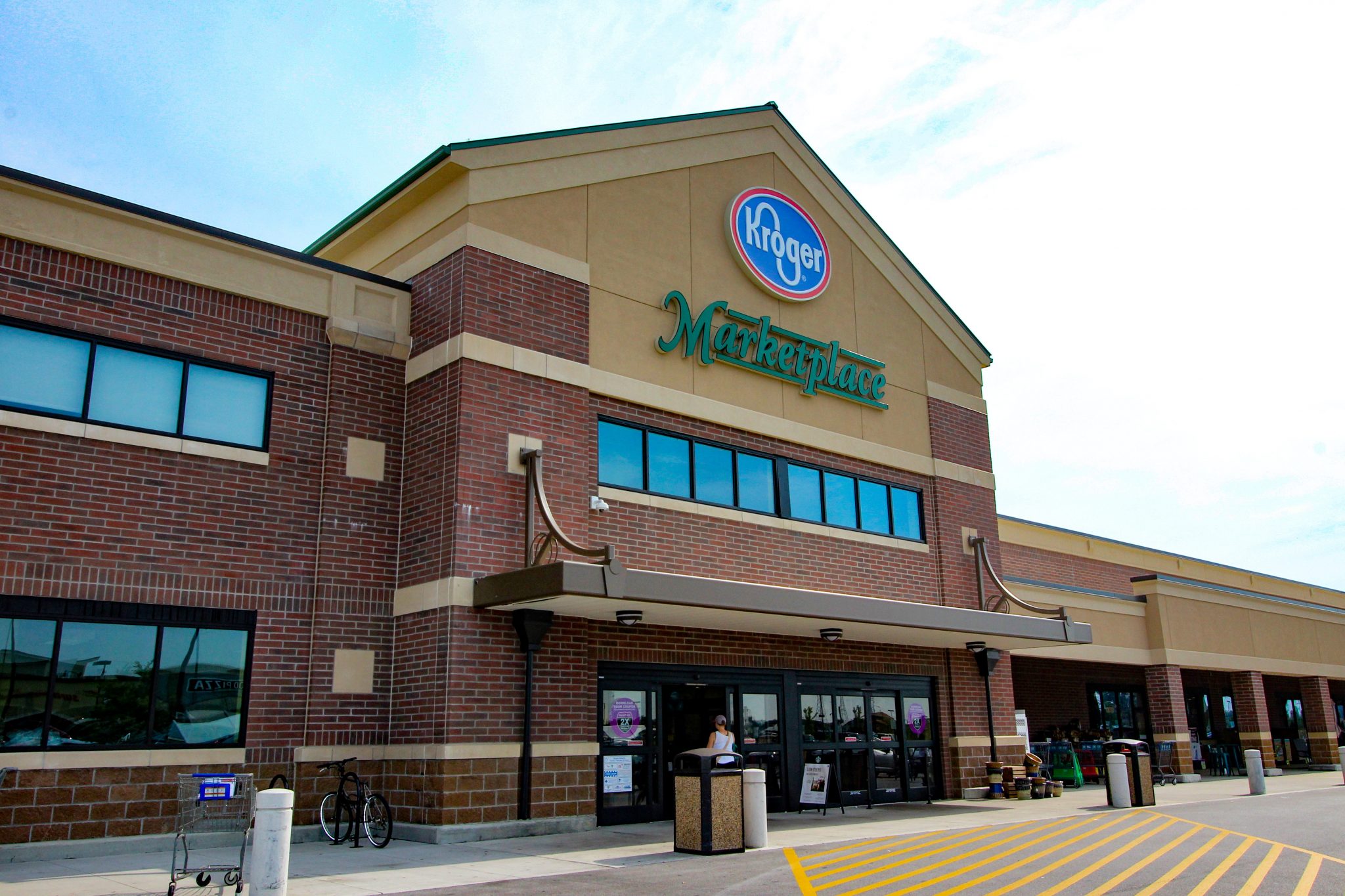
Gallery
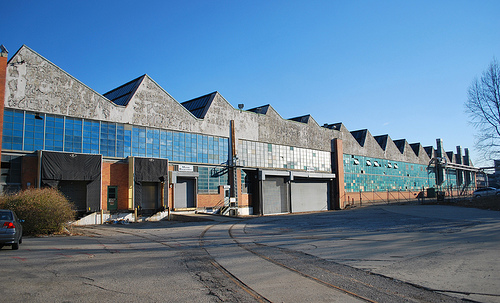
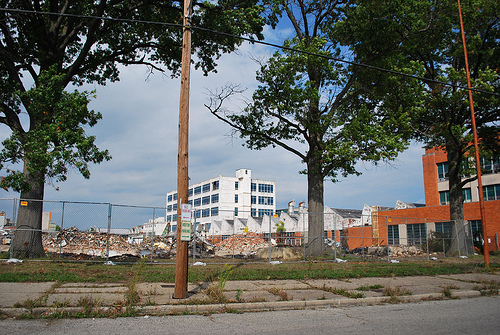
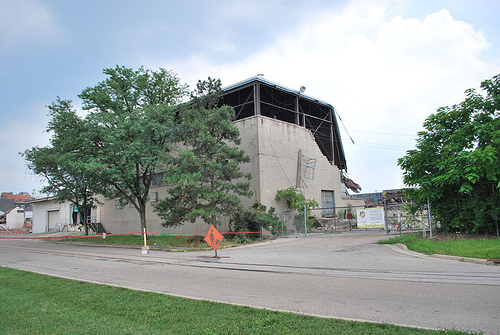
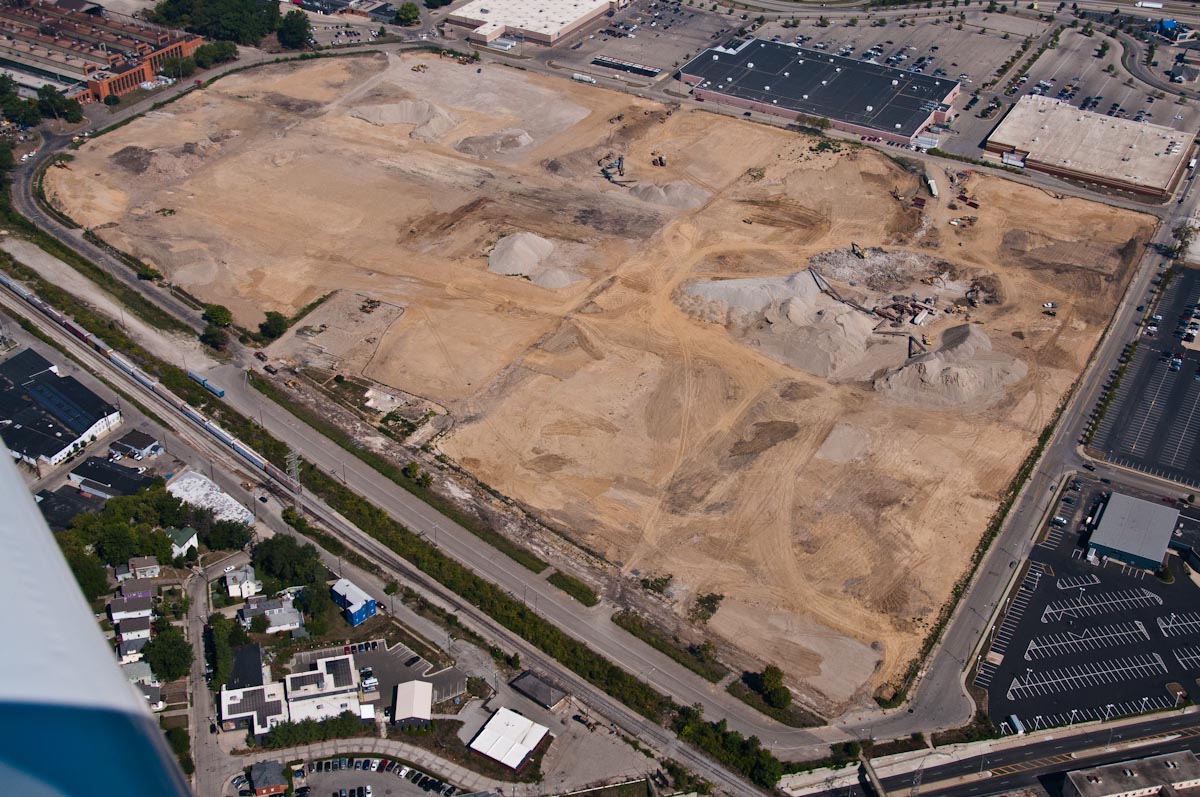
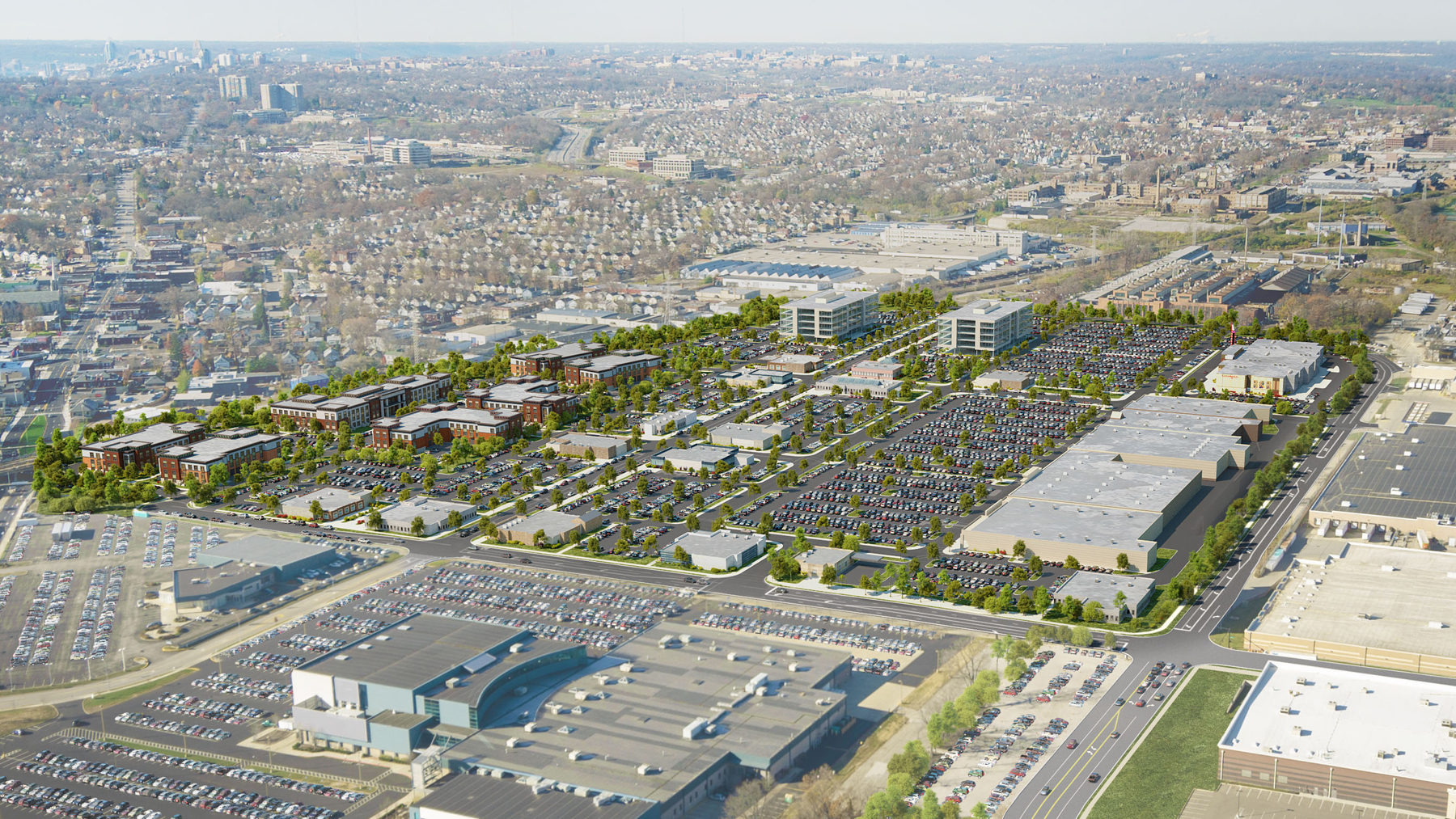
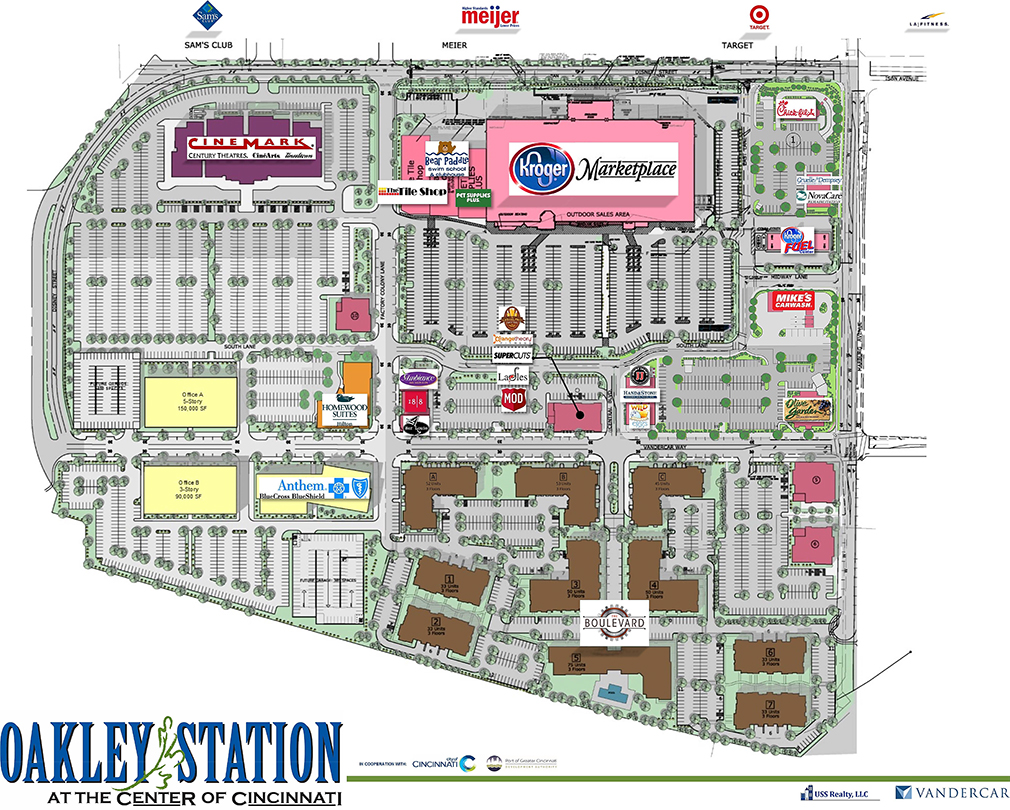
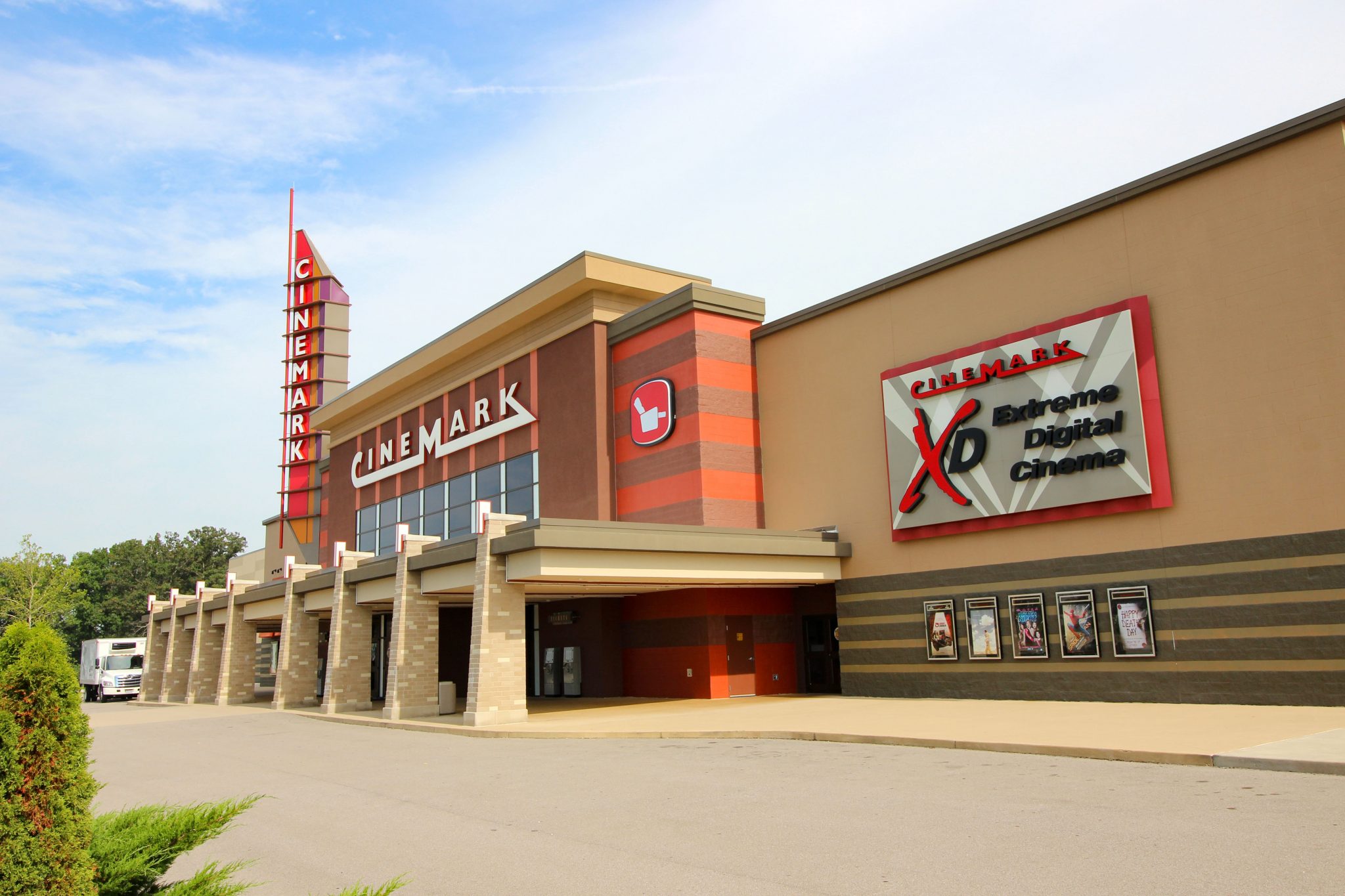
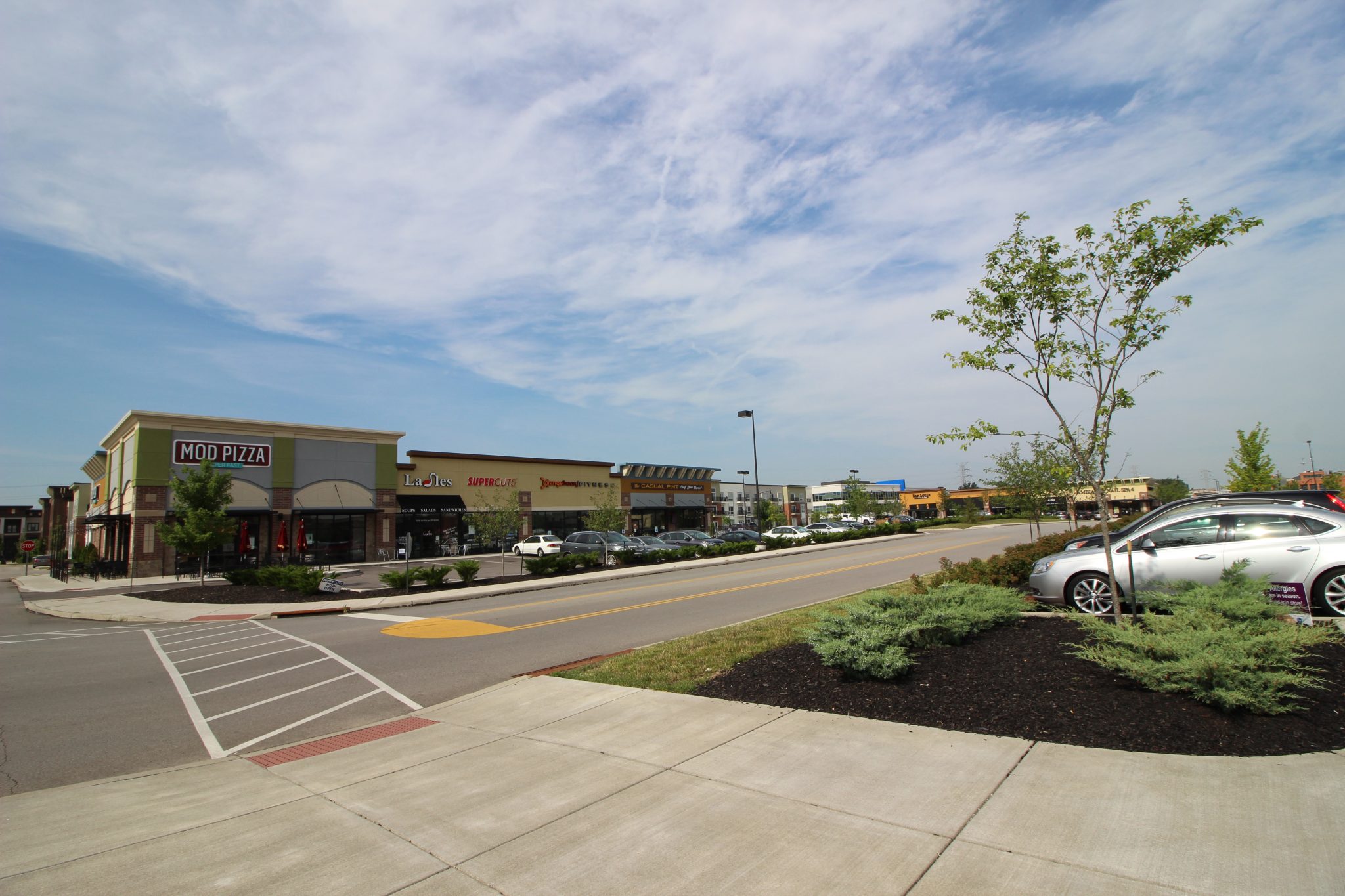

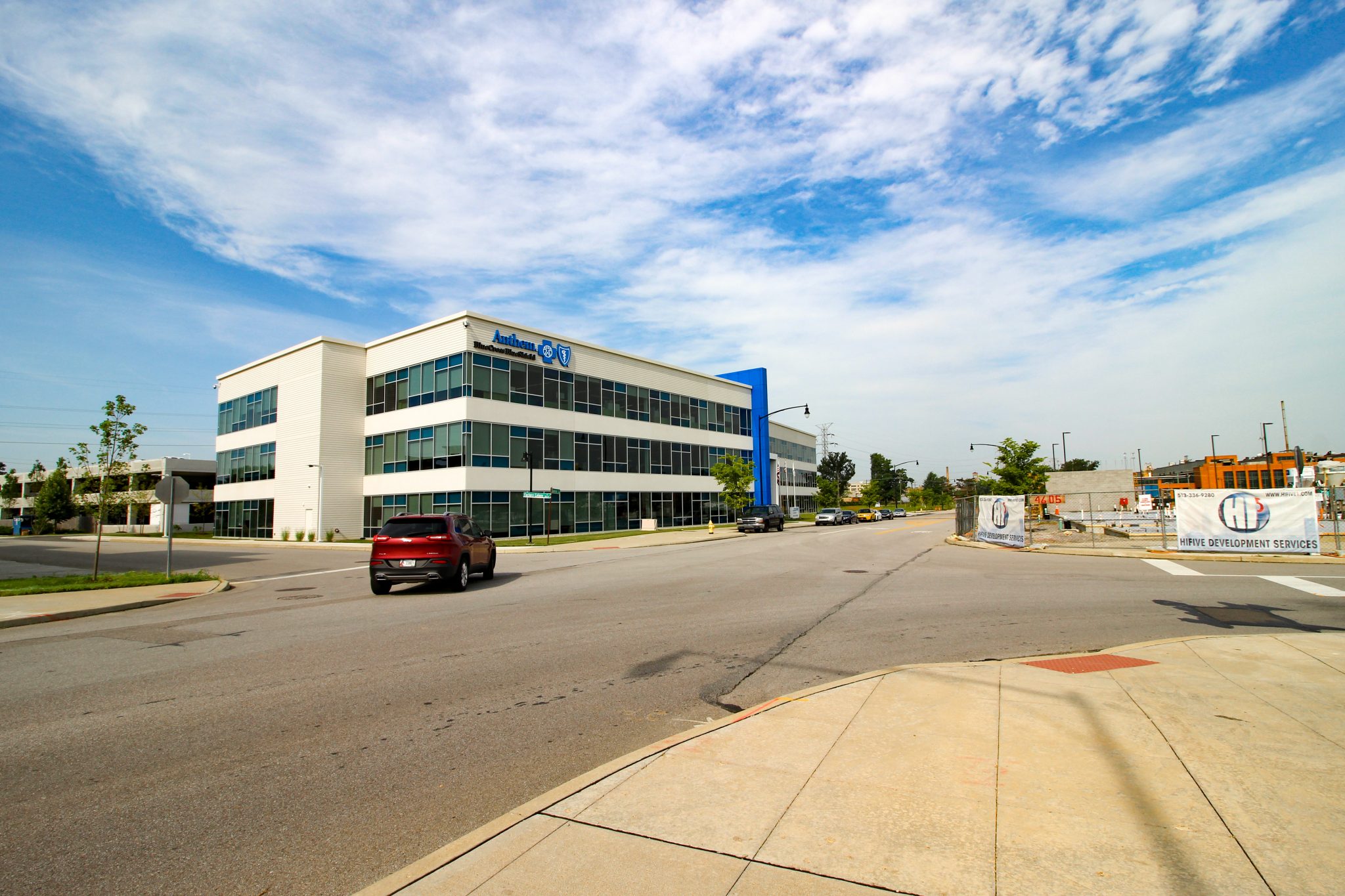
"We appreciate the Redevelopment Authority’s involvement. It’s been a very successful project for us. We could not have gotten off the ground without the Redevelopment Authority’s involvement on the front end."
Steve Dragon, Vice President - Vandercar Holdings


